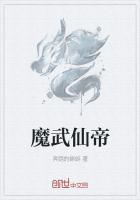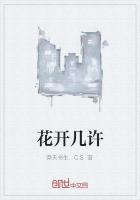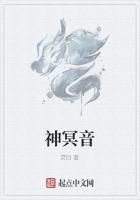Edison, already famous as "the Wizard of Menlo Park," established his factories and laboratories at West Orange, New Jersey, in 1887, whence he has since sent forth a constant stream of inventions, some new and startling, others improvements on old devices.The achievements of several other inventors in the electrical field have been only less noteworthy than his.The new profession of electrical engineering called to its service great numbers of able men.Manufacturers of electrical machinery established research departments and employed inventors.The times had indeed changed since the day when Morse, as a student at Yale College, chose art instead of electricity as his calling, because electricity afforded him no means of livelihood.
From Edison's plant in 1903 came a new type of the storage battery, which he afterwards improved.The storage battery, as every one knows, is used in the propulsion of electric vehicles and boats, in the operation of block-signals, in the lighting of trains, and in the ignition and starting of gasoline engines.As an adjunct of the gas-driven automobile, it renders the starting of the engine independent of muscle and so makes possible the general use of the automobile by women as well as men.
The dynamo brought into service not only light and power but heat; and the electric furnace in turn gave rise to several great metallurgical and chemical industries.Elihu Thomson's process of welding by means of the arc furnace found wide and varied applications.The commercial production of aluminum is due to the electric furnace and dates from 1886.It was in that year that H.
Y.Castner of New York and C.M.Hall of Pittsburgh both invented the methods of manufacture which gave to the world the new metal, malleable and ductile, exceedingly light, and capable of a thousand uses.Carborundum is another product of the electric furnace.It was the invention of Edward B.Acheson, a graduate of the Edison laboratories.Acheson, in 1891, was trying to make artificial diamonds and produced instead the more useful carborundum, as well as the Acheson graphite, which at once found its place in industry.Another valuable product of the electric furnace was the calcium carbide first produced in 1892 by Thomas L.Wilson of Spray, North Carolina.This calcium carbide is the basis of acetylene gas, a powerful illuminant, and it is widely used in metallurgy, for welding and other purposes.
At the same time with these developments the value of the alternating current came to be recognized.The transformer, an instrument developed on foundations laid by Henry and Faraday, made it possible to transmit electrical energy over great distances with little loss of power.Alternating currents were transformed by means of this instrument at the source, and were again converted at the point of use to a lower and convenient potential for local distribution and consumption.The first extensive use of the alternating current was in arc lighting, where the higher potentials could be employed on series lamps.
Perhaps the chief American inventor in the domain of the alternating current is Elihu Thomson, who began his useful career as Professor of Chemistry and Mechanics in the Central High School of Philadelphia.Another great protagonist of the alternating current was George Westinghouse, who was quite as much an improver and inventor as a manufacturer of machinery.Two other inventors, at least, should not be forgotten in this connection: Nicola Tesla and Charles S.Bradley.Both of them had worked for Edison.
The turbine (from the Latin turbo, meaning a whirlwind) is the name of the motor which drives the great dynamos for the generation of electric energy.It may be either a steam turbine or a water turbine.The steam turbine of Curtis or Parsons is today the prevailing engine.But the development of hydro-electric power has already gone far.It is estimated that the electric energy produced in the United States by the utilization of water powers every year equals the power product of forty million tons of coal, or about one-tenth of the coal which is consumed in the production of steam.Yet hydro-electricity is said to be only in its beginnings, for not more than a tenth of the readily available water power of the country is actually in use.
The first commercial hydro-station for the transmission of power in America was established in 1891 at Telluride, Colorado.It was practically duplicated in the following year at Brodie, Colorado.
The motors and generators for these stations came from the Westinghouse plant in Pittsburgh, and Westinghouse also supplied the turbo-generators which inaugurated, in 1895, the delivery of power from Niagara Falls.















